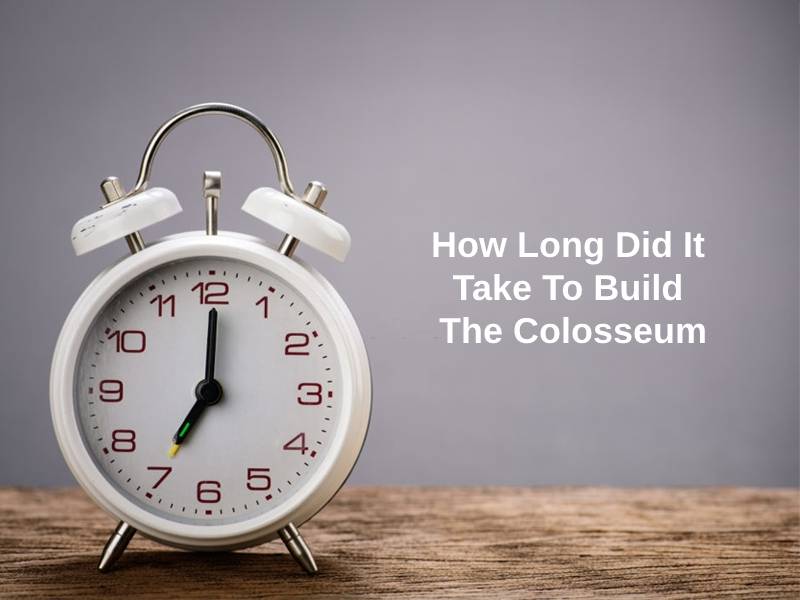Exact Answer: 22 Years
One of the world’s seven wonders, the Taj Mahal, is located in Agra, India. On the Yamuna riverfront near Agra, is a large, symmetrical garden. ‘Crown of Places’ as the Taj Mahal is known. The Taj Mahal, which was built in white marble in remembrance of Emperor Shah Jahan’s wife Mumtaz following her death, is known across the world as the “memorial of love. “
Millions of tourists visit each year from all over the globe to enjoy its beauty and learn about the history of its construction. This monument was constructed with various varieties of marble from throughout the world. To add to its splendor, the Taj Mahal complex includes other mausoleums, a mosque, a reflecting pool, and a huge garden.

How Long Did It Take To Build The Taj Mahal?
| What happened | When did it happen |
| Construction begins | 1632 AD |
| Construction ended | 1653 AD |
Mumtaz Mahal, Shah Jahan’s wife, died in 1631 while going to give birth to their fourteenth child. The Taj Mahal was meant to be Mumtaz Mahal’s ultimate resting place and began construction a year later. The Taj Mahal’s construction began in 1632 and was finished in 1653. The monument’s construction took a total of twenty-two years to complete.
The white marble monument, with the mosque, guest house, and main gateway on the south, as well as the outer veranda and its cloisters, was added later and completed in 1653 AD at a cost estimated at the time to be around 32 million rupees, which would be around 70 billion rupees (roughly $956 million) now. The majority of the funds were spent on the stones and the salary of the employees.
A big white dome is flanked by four smaller domes on the Taj Mahal. The 115-foot-tall white dome in the center is the focal point. The Taj Mahal’s hue appears to vary depending on the time of day. The color shift is also affected by the presence of moonlight at night.
The Taj Mahal’s burial tomb was inlaid with about 28 different varieties of precious and semi-precious stones. Many of the valuable stones were stolen from the tomb’s walls during the 1857 Indian Rebellion.
On the side of Mumtaz Mahal’s real tomb, 99 names of Allah are calligraphically etched. The four pillars surrounding the main dome were designed to lean slightly away from the dome. This was done to assist protect the tomb if the pillars fell.
Why Did It Take That Long To Build The Taj Mahal?
The Taj Mahal took a longer time to build because it blends and expands on Indo-Islamic and older Mughal design traditions. The Taj Mahal’s mausoleum, dome, interior, and exterior embellishments took the majority of the time to complete.
It took around 12 years to build the plinth and tomb. The building is built around a vast Mughal garden that stretches around 300 meters. A 1.2-hectare (3-acre) area was dug, filled with earth to prevent seepage, and leveled to a height of 50 meters (160 feet) above the riverside.
The Taj Mahal’s construction is extraordinarily heavy, and the tomb is kept steady by enormous wooden slabs laid over deep wells. As a result, the Yamuna River’s banks were ideal. The river’s water can moisten the mausoleum’s wooden base (mostly lumber), which is important for the structure’s stability.
The Taj Mahal’s construction would not have been possible without the collaboration of architects, foremen, craft workers, artists, dome builders, visual artists, carpenters, and other artisans, estimated to number in the thousands. Unfortunately, Shah Jahan’s henchmen severed the hands of these architects and craftsmen, ensuring that they would never be able to build another structure like it.
Conclusion
The Taj Mahal is India’s most visited attraction. The Indian government has taken many steps to preserve this magnificent monument, including banning industries responsible for the erosion of the mausoleum’s brilliant white marble facade and restricting visitor time to three hours to avoid congestion.
On full moon days, night visits to the monument are only possible from 8:30 p.m. until 12:30 a.m. The greatest time to see the Taj Mahal is around sunrise, when you can avoid the heat and congestion while simultaneously getting the finest view of the monument as it emerges magnificently.
Food, smoking goods, other tobacco products, and beverages, mobile phone chargers, and tripods are all forbidden within the Taj Mahal. If you do bring these goods, you can store them in the entry locker room.




















